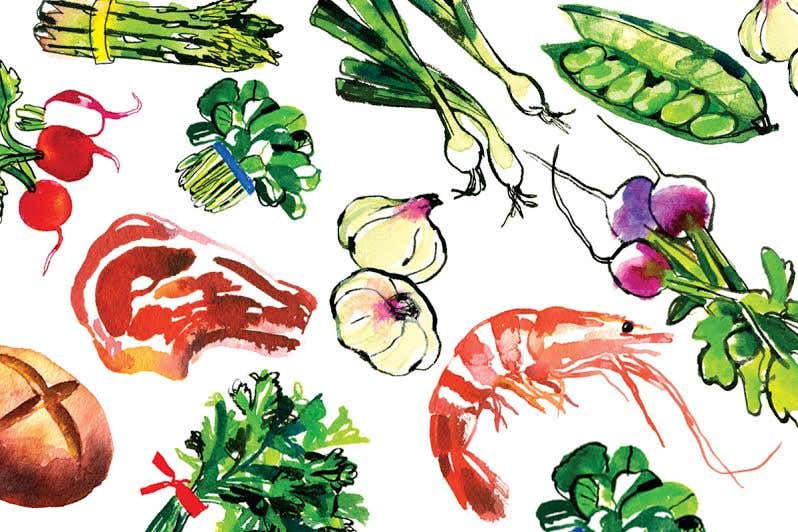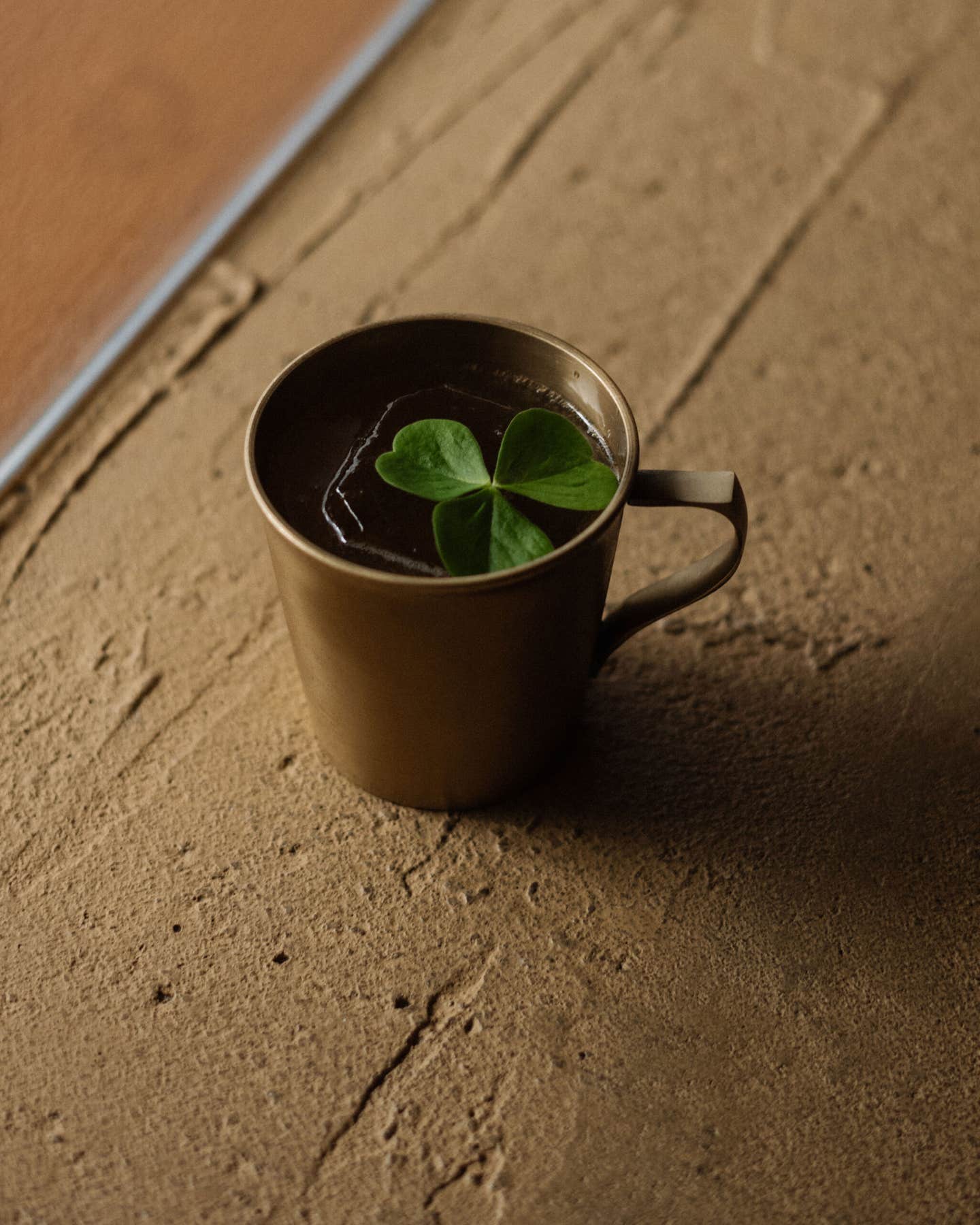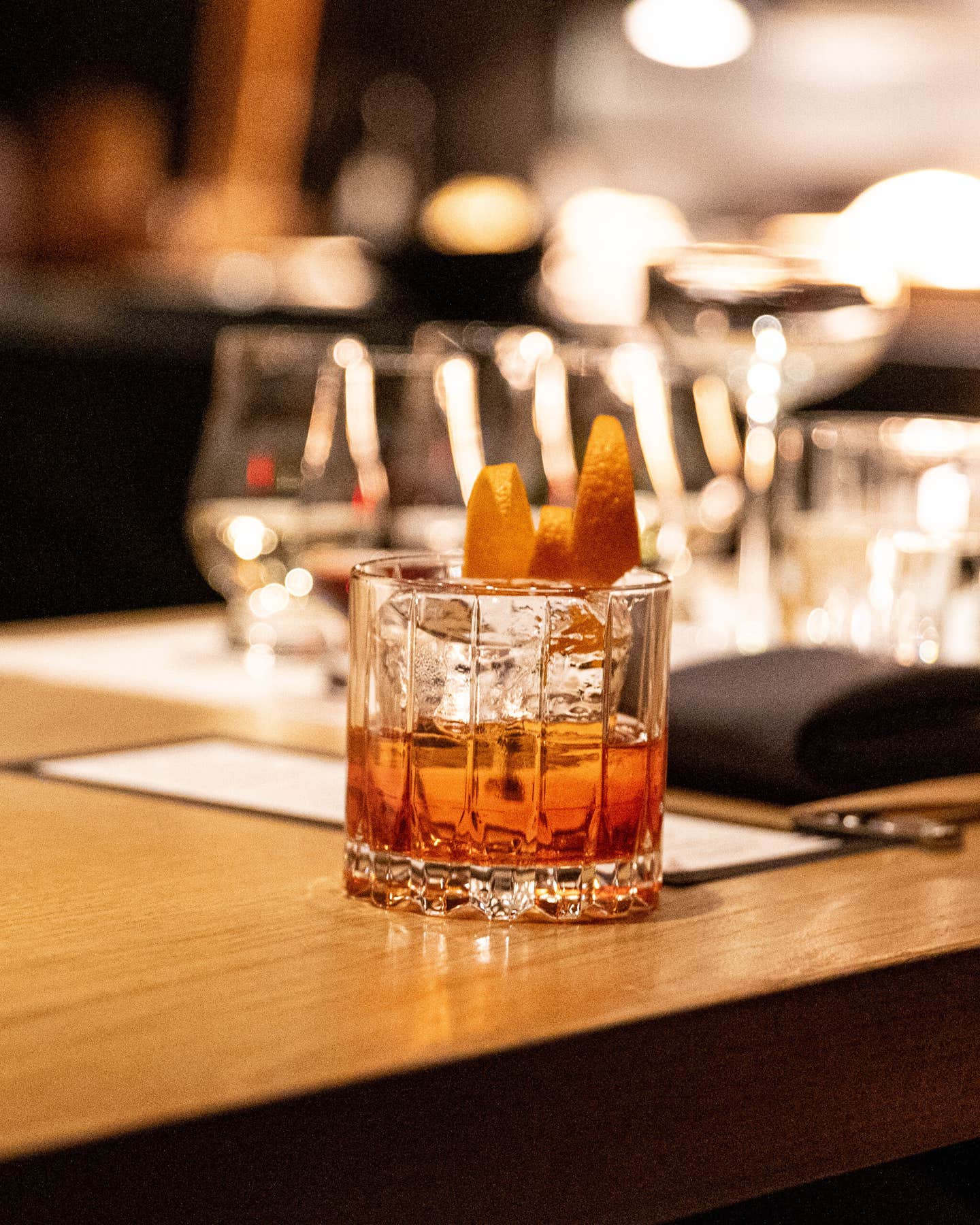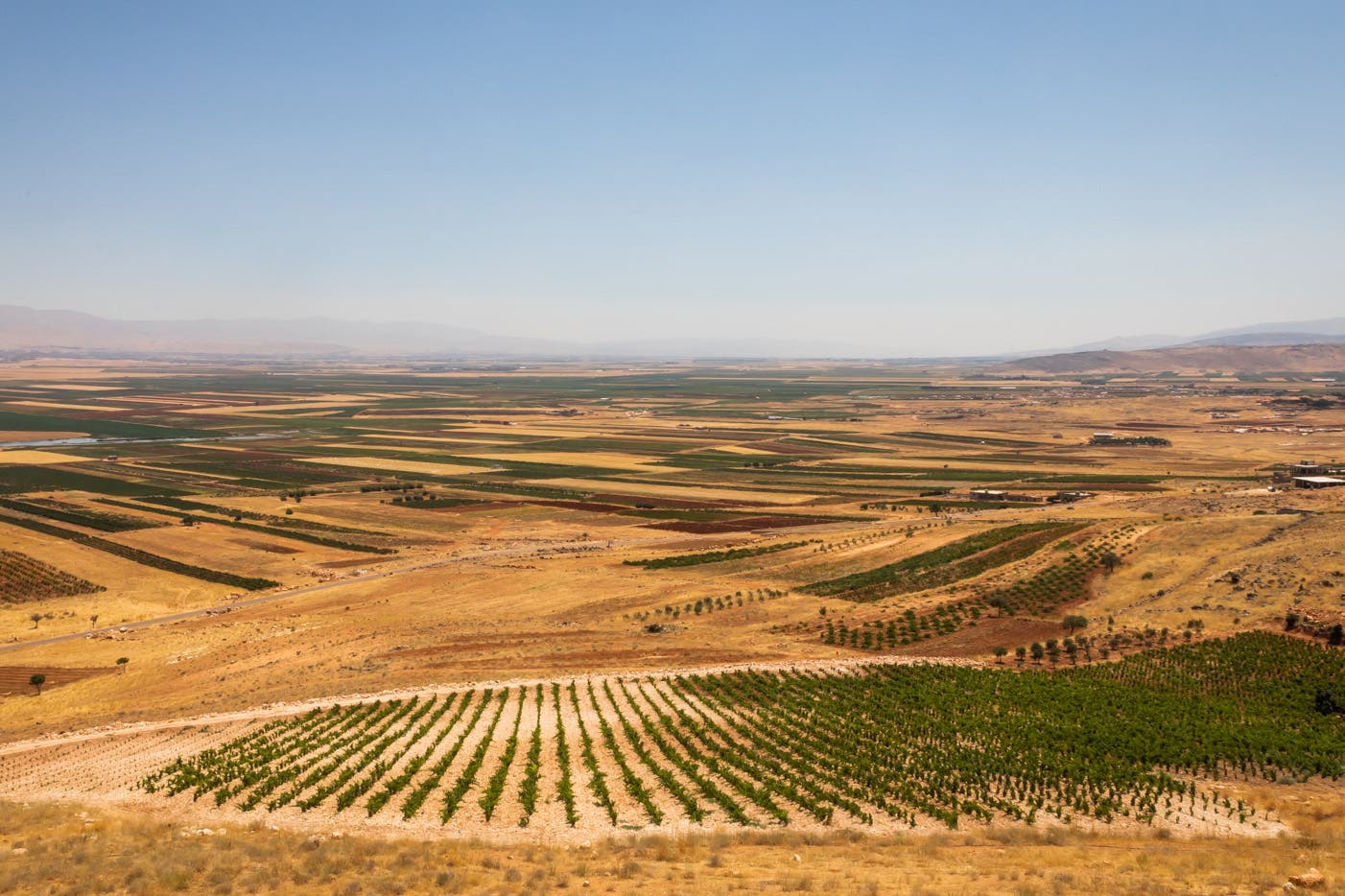
Moxie Plus
In 1900, Americans consumed about a gallon of soft drinks per capita. Last year, we each drank a whopping 50 gallons—spending more than $50 billion on the stuff.
While the top ten soft drink companies—the manufacturers of such world-famous brands as Coca-Cola and Pepsi-Cola, as well as slightly less well known specialties like Dr. Pepper and Mountain Dew—account for about 95 percent of soft drink sales in this country, a surprising number of regional soda-producing companies continue to thrive on a smaller scale. Bottled, distributed, and mostly consumed in the states where they're made, these beverages can boast enviable longevity—some brands are more than a century old—and command fierce consumer loyalty in their own backyards. But many of them are also available nationally, if sometimes only by special order, offering anyone who seeks them out the sweet, distinctive tastes of times past in other places. They are America's own true vintage. Or perhaps the more apt comparison is to say that they are America's elaboration of mineral water.
For centuries, health spas centered around mineral springs—some of them producing naturally carbonated water—have attracted Europeans seeking cures for assorted ailments. By the late 18th century, naturally sparkling water was being bottled on both sides of the Atlantic and sold as a curative for those who couldn't make a pilgrimage to the source. In this country, New York State's Saratoga Springs drew visitors hoping to benefit from the effects of its carbonated output from the early 1800s on. Around the same time, Benjamin Silliman, a chemistry professor at Yale, perfected a method for creating artificially carbonated water. He bottled and sold soda water as a medicine, advertising that it would cure heartburn, poor appetite, and headaches.
In the 1860s, pharmacists—who sold the carbonated water—began "improving" it by infusing it with medicinal herbs, barks, and roots. At about the same time, some pharmacists installed in-store "soda fountains", employing new machines to create fizzy water on the spot. At first, orange and lemon juices were added to the water; by the late 19th century, soda fountain syrups flavored with almonds, blackberries, and catawba grapes had begun to appear, and sodas as we now know them were born.
Flavored soda waters were the ancestors of the carbonated beverages we call soft drinks—or, in various parts of the country, soda, pop, soda pop, or tonic. Such potions were sold to remedy everything from hangovers and upset stomachs to "loss of manhood", and even to help "a cynic see the brighter side of life" (to quote the Philadelphia pharmacist and root beer pioneer Charles E. Hires in the 1890s). "For Home and Hospital Use", read an early ad for 7-Up. As soft drinks proliferated, though, their creators began to see a broader market for them, and their focus shifted. The beverages began to be sold not as curatives but as refreshments. (The transition was sped along by the Pure Food and Drug Act of 1906, which forbade such products to make unsubstantiated health claims.)
One of the earliest precursors of today's soft drinks was Moxie, originally created in 1876 in Massachusetts by Dr. Augustin Thompson as "Moxie Nerve Food"—a bitter syrup which he proposed as a treatment for "recovered paralysis, softening of the brain, locomotor ataxia and insanity when caused by nervous exhaustion", among other things. Thompson claimed that the medicinal-tasting stuff was made from "a simple sugarcane-like plant…lately accidentally discovered" by one Lieutenant Moxie near the equator.
The lieutenant, in fact, never existed, and Moxie was actually made from gentian root and other herbal extracts, most of them well known since at least Roman times. While Thompson's fictions faded over the years, the name he invented for his potion endured, becoming a whole new term for, well, nerve.
By 1884, two years before Coca-Cola made its debut, Thompson was already marketing Moxie as a soft drink in the Northeast, both in bottles and as a syrup for soda fountains. Its real heyday came in the 1920s, however. Advertising itself as "The Drink For Those Who Are At All Particular", it gained national popularity with such promotional stunts as photo opportunities with the likes of Calvin Coolidge and tours by "Moxiemobiles"—car or truck chassis (everything from Model A Fords to Rolls-Royces were employed) topped with life-size model horses, usually with steering wheels rising from their necks.
Like Moxie, Blenheim's Ginger Ale was created with curative properties in mind—in this case capitalizing on a therapeutic hot spring in Blenheim, South Carolina. Since Colonial times, farmers had brewed "small beers" and ales from ginger and other roots, but Blenheim's was one of the earliest commercially bottled ginger ales in America. According to legend, an enterprising Dr. May set up a rooming house for cure-seeking visitors near the Blenheim spring and, by 1903, was producing ginger ale from the special water. Blenheim's was sold as a specific for all kinds of ailments. "It was said to be good for measles, arthritis, and back conditions," says Blenheim president Daniel Lewis, "and it still is."
Passaro's Manhattan Special, "The Original Coffee Soda", was the invention of yet another medical professional, osteopath Teresa Cimino. In 1895, Cimino, an immigrant from Naples, began producing the beverage in Brooklyn from pure, sweetened espresso coffee with light carbonation. (It's named for the production facility on that borough's Manhattan Avenue, where it is still made.) The company is run today by brother and sister Louis and Aurora Passaro, the great-grandchildren of Cimino.
Even before Prohibition, Coca-Cola billed itself as "The Drink That Cheers But Does Not Inebriate". At about the same time, a hearty, burgundy-colored soft drink called Cheerwine hit the market in North Carolina. The sweet, wild cherry-flavored soda
developed a strong following, and is now distributed mostly in North and South Carolina—where it is sometimes known as "the nectar of the Tarheels".
A-Treat was first concocted in 1919 in Allentown, Pennsylvania, as a cottage industry. Until 1932, according to A-Treat secretary-treasurer Joseph Garvey Jr. (his father, Joseph Sr., is company president), A-Treat's products were produced in the family's three-car garage. Garvey also points out that A-Treat—whose offerings include ginger ale, birch beer (similar to root beer, but flavored with birch twigs instead of sassafras and licorice roots), and various fruit-flavored sodas—is one of the few remaining bottlers to use mostly sugar, rather than the less expensive fructose, to sweeten its sodas.
Originally called Sun Tang Red Cream Soda, Big Red was invented in 1937 by entrepreneurs R. H. Roark and Grover Thompsen in Waco, Texas (which had been the birthplace of Dr. Pepper some fifty years earlier). With a distinctive red color and a flavor, based on orange and lemon oils, that some find reminiscent of bubble gum, the brand has a large, loyal following in Texas, Kentucky, and Indiana. (It calls itself "The Number One Red Soda" in the U.S.) A new product from the same company, Big Peach, was introduced three years ago.
Boylan's Original Birch Beer, made by a firm describing itself as "the smallest soda company around", comes with quite a story. According to the tale told on the bottle, the company was founded in New Jersey in 1891, then hit hard times in the 1930s. In an effort to save the company, a Boylan's delivery driver bought the rights to the beverage, and now two of the driver's grandchildren—Ron and Mark Fiorina—have revived the company.
These soft drinks make up only a tiny portion of the regional beverages that have appeared around the country at one time or
another. Obvious imitators of better-known brands are long gone—from Cola-Coke and Kola Kola to Proxie and even Noxie Nerve Tonic. So are beverages with such intriguing names as Tangerette, Bongo Beer, Egyp-tian Mystery, and Ten Pins.
Moxie, however, is still going strong—if you are "At All Particular", that is.
Keep Reading
Continue to Next Story










